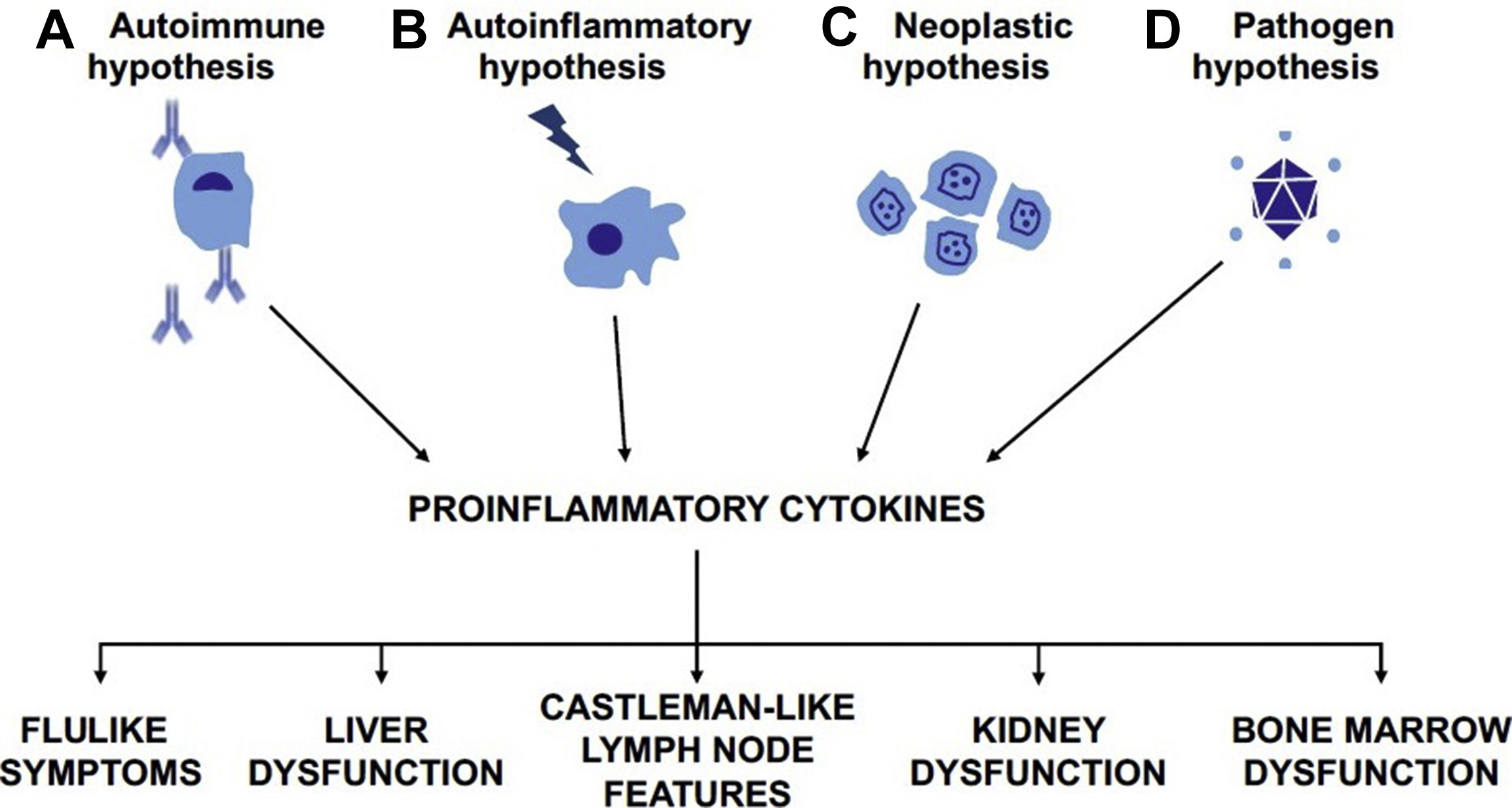Journal of Arid Environments, Volume 149, February 2018
Household methodologies (HHM) intervene directly in intra-household gender relations to strengthen overall smallholder agency and efficacy as economic agents and development actors. Strengthening women's agency is one mechanism for progressing towards collaborative, systemic farm management. It is expected this will contribute to improved farm resilience in the face of climate change, strengthen food and nutrition security, and improve other development indicators.
The Lancet Child and Adolescent Health, Volume 2, February 2018
Hematology/Oncology Clinics of North America, Volume 32, February 2018
January 2018

